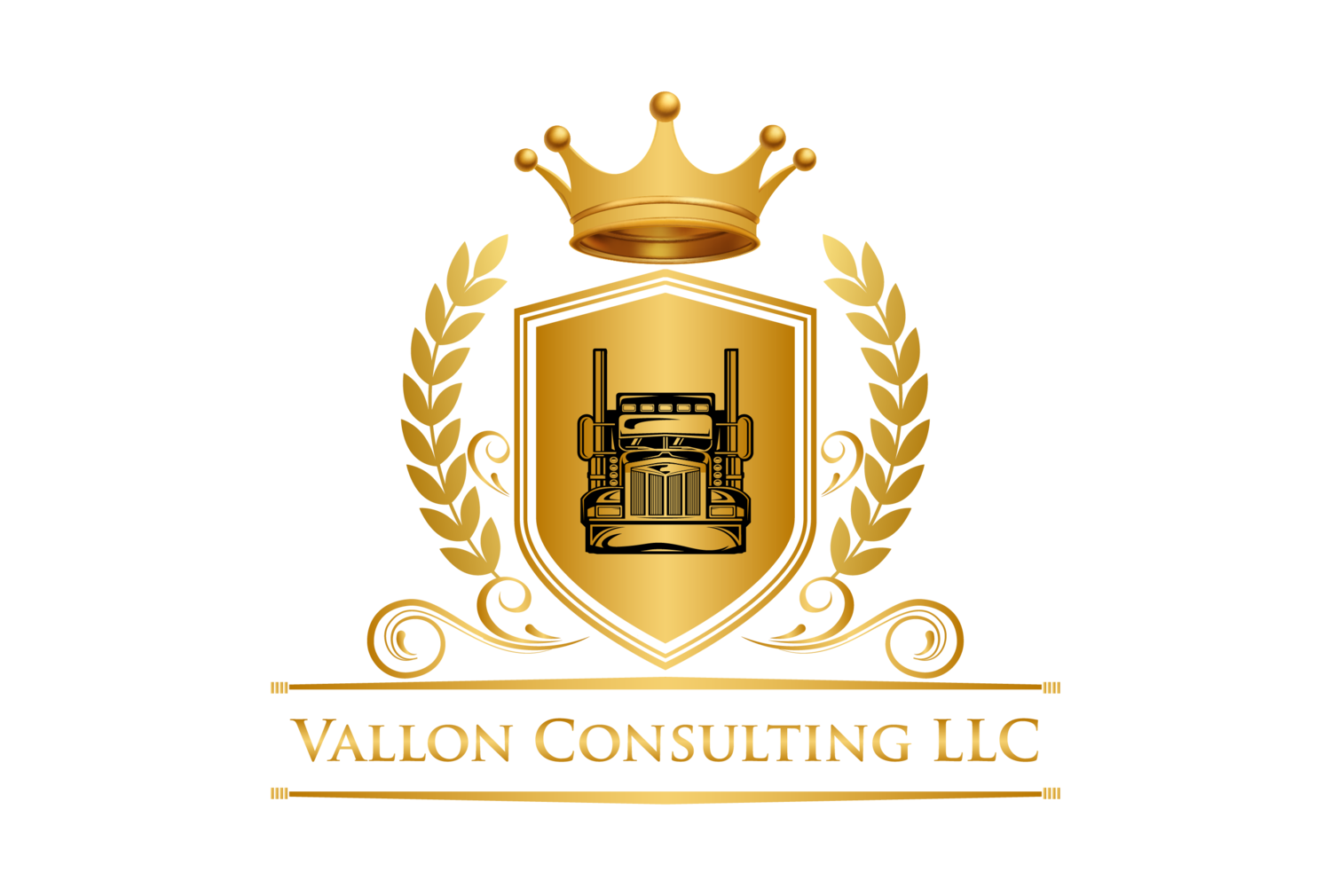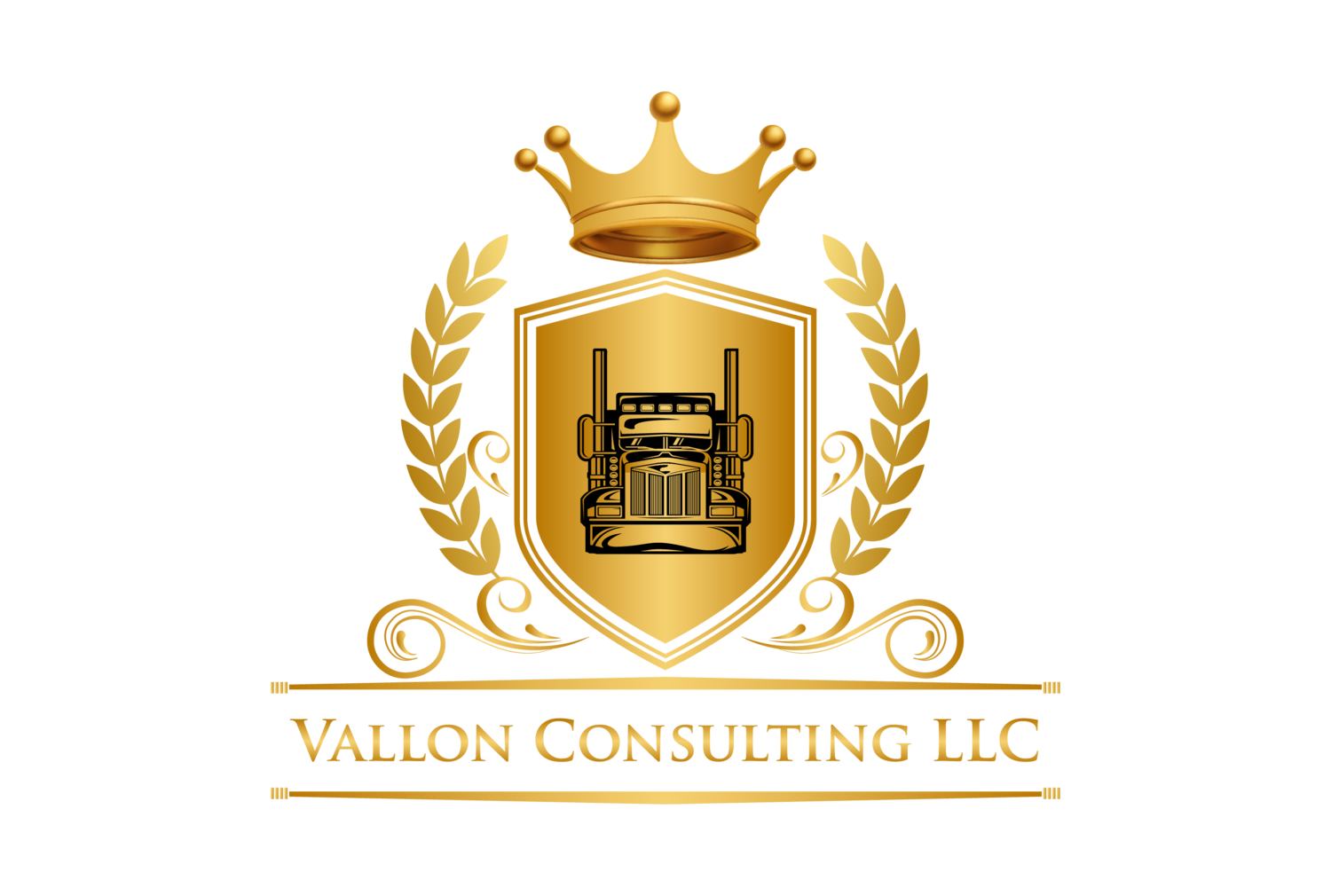Who needs an Electronic logging Device (ELD)
An ELD, or an electronic logging device, is a device that is used to automatically record a driver’s hours of service (HOS). ELDs are required for drivers who are required to maintain HOS logs.
The ELD mandate is a federal rule that requires all commercial vehicles to be equipped with an ELD by December 18, 2017. The mandate applies to all drivers who are required to maintain HOS logs, including drivers who are exempt from the paper log requirement.
ELDs record a driver’s HOS data, including date, time, location, vehicle, and driver. ELD data can create HOS logs, monitor compliance with HOS regulations, and track vehicle maintenance and driver performance.
ELDs are not required for personal vehicles or drivers who are not required to maintain HOS logs.
Who needs to follow the rule about electronic logging devices (ELD)?
The ELD is for most motor carriers and drivers already required by Part 395, 49 CFR 395.8, to keep records of duty status (RODS). The rule applies to both commercial buses and trucks, and it also applies to drivers who live in Canada or Mexico.
The ELD rule allows for a few exceptions to the ELD mandate, such as:
Drivers who operate under short-haul exceptions can keep using time cards; they don't have to keep RODS and won't have to use ELDs.
Drivers who use paper RODS less than eight days out of every 30.
Drivers who work in operations called "drive-away-tow-away," in which the vehicle being driven is the "good" being delivered.
People who drive cars made before the year 2000.
What is the ELD Mandate?
The ELD rule from the FMCSA is a federal law. It says that the mandate covers commercial motor vehicle drivers must use electronic logging devices that meet the rules. Some people who drive CMVs are exempt. But most of them have to follow the FMCSA's regulations.
The FMCSA and the U.S. Department of Transportation work together (DOT). Their main goal is to make American roads safer and cut down on the number of accidents.
How does an ELD work, and what is it?
An ELD, or Electronic Logging Device, is a piece of electronic hardware that is attached to the engine of a commercial motor vehicle and keeps track of how many hours the driver has been on the road (Hours of Service). ELDs keep an eye on the engine of a vehicle and record information about whether or not the engine is running. ELDs also record if the vehicle is moving, how many miles have been driven, and how long the engine has been running.
With ELDs, drivers can be tracked in real-time. They help fleets ensure their ELDs are in order and help with vehicle inspections, planning, and managing the fleet. After the FMCSA put the ELD mandate into place, commercial drivers who aren't exempt had to use ELDs.
Electronic logging devices are usually connected to a CMV, a mobile app for drivers, and software for managing a fleet. The machine then keeps track of the driver's Hours of Service and sends that information to the mobile app so it can be seen. This information is also sent to the back-office staff's fleet management software (compliance managers, safety officers, or fleet managers) so that they can help drivers comply with ELD rules.
What is ELD Compliance?
In general, following the rules is what regulatory compliance means. In this case, ELD compliance means that the Electronic Logging Device (ELD) mandate is being followed.
ELD compliance means that commercial drivers who are not exempt must have an ELD solution that is registered with the FMCSA and meet other essential ELD mandate requirements.
If a driver who is not exempt doesn't have an electronic logging device when they're supposed to, they could be taken out of service for 10 hours. They could also pay a lot of money for tickets. Drivers can also be taken off the road if they use an ELD solution that isn't authorized or compliant or if they lie on their logs.
Rules and Regulations for ELD Compliance
When the FMCSA put the ELD mandate into place, they set up four primary requirements that must be met to stay in compliance. The last rule for ELD:
Figured out which drivers must follow the ELD law.
Set design and performance standards that all available electronic logging devices must meet to be compliant.
Listed the paperwork that drivers and carriers need to keep.
Kept drivers from being harassed by spelling out all the steps they had to take to follow the law.
ELD Compliance Requirements
The ELD rule says that ELDs must:
Connect to the engine to keep track of whether or not the car is moving.
Give the driver the option to sign in and choose a status other than driving. Either on the job, off the job, or on the job but not driving.
Provide information in a standard format that can be sent to law enforcement in several ways, such as through wireless web services, USB, or Bluetooth.
Display a Record of Duty Status (RODS) graphically so the driver can quickly see how many hours they have driven in a day.
Be certified by the provider, which means that the ELD meets the necessary technical standards.
For an Electronic Logging Device to be compliant, it must be on the FMCSA's list of self-certified ELDs. The FMCSA often changes the list.
Local Drivers Must Use an ELD.
Not every truck driver drives long distances across states. Local delivery drivers, plumbers, electricians, and many others also cause a lot.
Local fleets might not have to follow the ELD rule. But sometimes, even local truckers must install ELDs and do what the ELD mandate says.
Let's look at a specific case. You must comply with the mandate if you are a short-haul driver who must maintain RODS for more than eight eighties in 30 days. Find out more about the exemption for short-haul trips.
Note: The FMCSA has recently changed the short-haul exemption rule. Make sure you read the new instructions.
Aside from that, drivers should also know the rules in their state. For example, truckers who drive within the state and carry agricultural products within 150 air miles are exempt in Florida.
Using ELDs for non-exempt intrastate drivers in Florida became mandatory from Jan. 1, 2020. Texas also made it compulsory for drivers who stay within the state to use ELDs by December 17, 2019.
Even though ELDs aren't required for short-haul drivers and other drivers, they can still be accommodating. A local fleet can run more safely and efficiently with the help of many parts of a fleet management solution. For example, GPS tracking and driver workflow management work together to help you simplify operations and send the correct driver and vehicle to each new job.
ELDs can help fleets of all shapes and sizes in many ways.
ELD Compliance Checklist
So, how can you make sure that the ELD mandate is followed?
The FMCSA has listed things you need to do to comply with ELDs. Here are some things to remember:
Find out if the ELD rules for drivers apply to you.
Find out when you have to use an ELD in your car.
Find out how you are protected from harassment and coercion and how to file a complaint.
Keep the ELD user manual or instructions and supplies in your car.
Submit supporting documents
ELD Solutions and What they can do for You
The essential thing to consider when looking for an Electronic Logging Device is how it works.
If you don't follow the rules, you could leave a driver and a car sitting around. The best ELD compliance solution will not only keep you on the right side of the law, but it could also save you money and time.
When comparing solutions for ELD compliance, look for the following:
Bluetooth and USB can help make sure compliance even when there is no cell service.
IFTA reports are done automatically. With an ELD with many features, the distances driven and fuel bought can be automatically calculated by jurisdiction. This makes IFTA reporting easy and accurate.
HOS alerts warn drivers of possible Hours of Service violations that could happen soon.
Reports on inspections. Your ELD system should send out electronic driver vehicle inspection reports (DVIRs) daily and let the fleet know if there are any problems. Motive also enables you to make vehicle inspection reports that you can change to fit your needs.
Using instant messaging, you can let your back office know about problems, where the driver is going, and any other information you need to share quickly.
GPS tracking can help improve customer service by telling you when a vehicle will arrive at its destination and giving you more information about how things are running.
Reliability. To ensure you comply, the ELD solution you choose should be reliable. Choose a product made by a company with a good reputation. Find a system that has good online reviews from users.
Drivers on the road need expert customer service 24 hours a day, seven days a week.
Conclusion
The ELD mandate is only for carriers who have to follow the FMCSA's rules on hours of service. If your vehicle doesn't qualify as a CMV or you qualify for one of the general hours of service exemptions (like the 100/150 air mile radius rule), and you don't already keep RODS, you won't have to use an ELD.
You can find out here at Vallon Consulting if your vehicle is a CMV if you're not sure.
Keep in mind that you may be able to get out of paying the tax in other ways. Call us at 704.707.4520 if you have questions about your ELD requirements or want to talk to someone about our low-cost ELD solution. We'll set you up with everything you need to get compliant.
About Vallon Consulting LLC: Vallon Consulting is A Full-Service Trucking Consulting Company that tackles some of the most critical challenges and obstacles in the trucking industry. Our diverse global team is passionate about helping carriers and fleet managers meet their goals and ensure business stability. We do this by providing services, solutions, resources, and education.
At Vallon Consulting, We Take A “No Carrier Left Behind” Approach. Our Mission is to provide services and resources that address our client’s unique needs. You can learn more about us online at www.vallonconsulting.com and stay tuned with industry updates by following us on Instagram, LinkedIn, Facebook, and Twitter.

